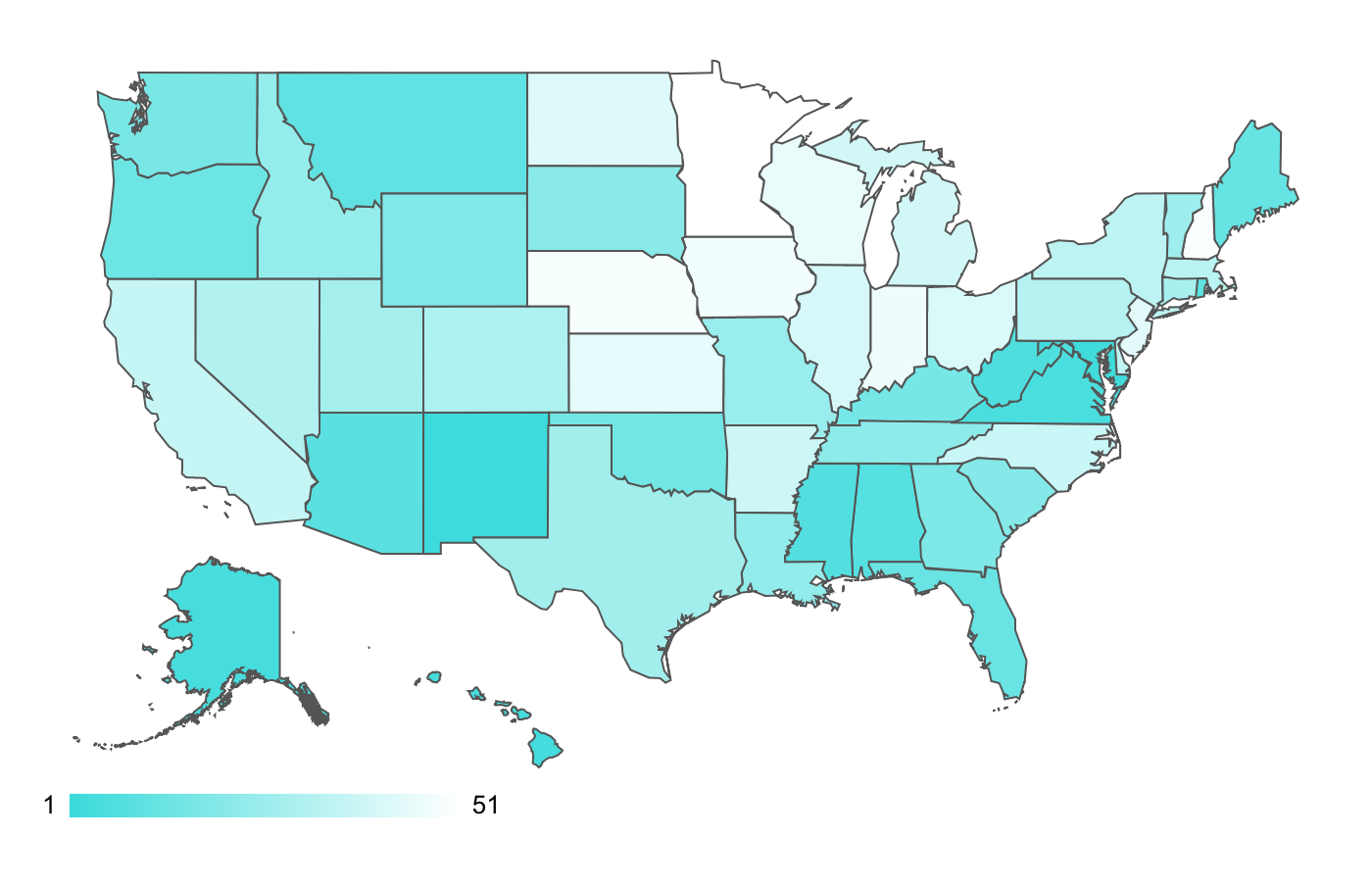Take a look at this map of states most and least affected by the government shutdown:
Now take a look at the list of the closest states in the 2016 election. A cursory glance shows a remarkable amount of overlap between critical, close states and states minimally affected by the government shutdown. The decisive states of Minnesota, Wisconsin, Michigan, and New Hampshire are among the states impacted the least.
The shutdown hurt all of America, but it did not hurt all Americans equally. The shutdown was most harmful to the states both parties can afford to ignore—D.C. and Maryland on the left; Alaska and Mississippi on the right—but largely spared the few voters that matter.
Though many have referred to Trump’s decision to shut down the government as a “gamble,” it was a gamble for which Trump understood the odds. He knew who would feel the pain and who would not. An increasingly large majority of Americans disapprove of the shutdown and held Trump responsible. But as any president or candidate knows, it is the opinion of voters in swing states that counts. The opinion of the country overall simply does not matter.
At least not yet.







